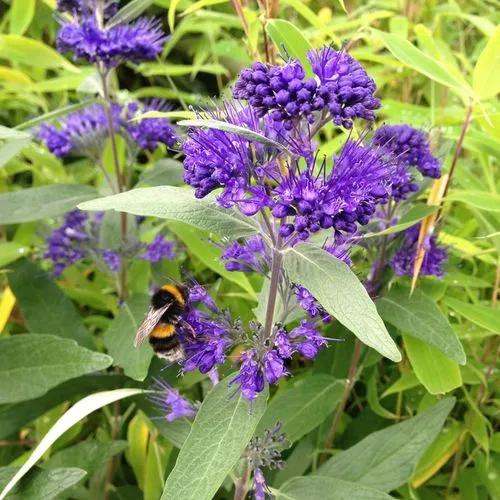Boldu is a slow-growing evergreen tree that branches from low down on the bole and reaches a height of 6 - 8 metres.An important traditional medicine in its native range, where it is collected from the wild, the plant is also becoming more popular in Western herbalism. Boldu has a range of other local uses, including yielding tannins, dyestuff, an essential oil and seeds that are used as beads.
Boldo Care
Peumus Boldus



How to Care for the Plant

Water

It prefers dry or moist soil.

Sunlight

It can grow in semi-shade (light woodland) or no shade.

Soil

Suitable for: light (sandy) and medium (loamy) soils and prefers well-drained soil. Suitable pH: acid and neutral soils.

Temperature

this plant normally requires greenhouse protection in Britain but is capable of withstanding light frosts and might succeed outdoors in the mildest areas of the country, especially if grown against a sunny wall

Additional

The leaves contain a toxic alkaloid. Boldo volatile oil is one of the most toxic oils. Excessive doses have caused irritation of the kidneys and genitourinary tract. A massive overdose can cause paralysis. Should not use by patients with kidney disease

Popularity

237 people already have this plant 20 people have added this plant to their wishlists
Discover more plants with the list below
Popular articles






